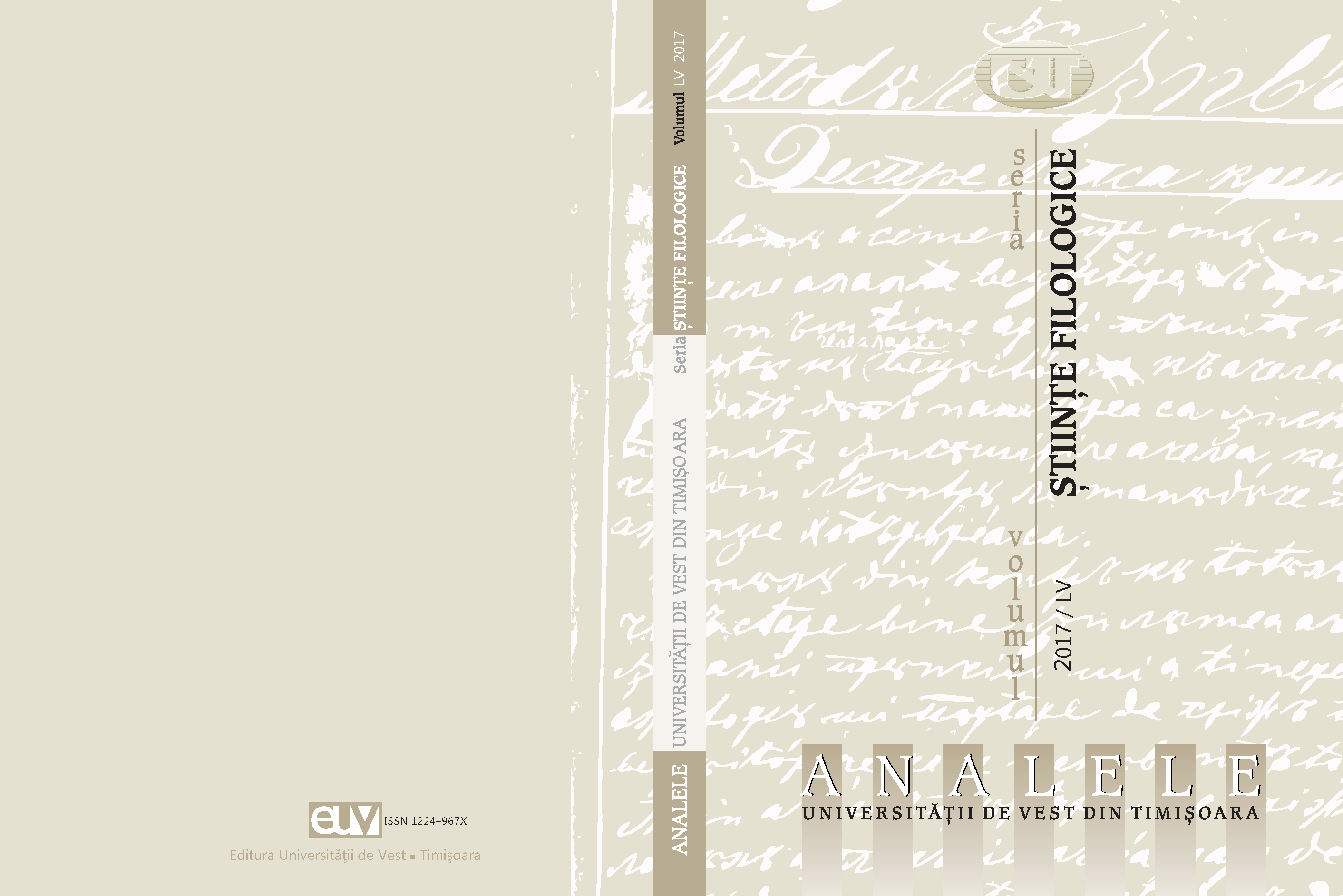Priveliști marine în Eneida vergiliană
Marine Sceneries in Vergil’s Aeneid
Author(s): Maria SubiSubject(s): Philology
Published by: Editura Universităţii de Vest din Timişoara
Keywords: sea; sea storm; visual images; acoustic images; expressivity
Summary/Abstract: The sea plays a significant role in Vergil’s Aeneid. It is where the Trojans’ journey took place, a space full of symbolism, since this was the Mediterranean world, which will be dominated, centuries later, by the proud Rome. Defined lexically through a large series of synonyms, the sea appears in various instances, shown at the onset of spring or in the midst of winter, illuminated by the pale moonlight or flamed by the sun, calm one time, tempestuous the next. The first book of the poem offers a detailed description of the sea’s turbulence, the terrifying episode of aquatic violence suggesting the adversities the hero, Aeneas, must overcome to fulfil his destiny. Consequently, the poet utilizes a repertoire of expressions and a variety of sound combinations to convey the extraordinary unleashing of the powers of nature. The visual and the acoustic images join together, scene after scene, in an apocalyptic vision, where one can see stormy winds (venti, velut agmine facto), gigantic waves (vastos volvunt ad litora fluctus), thunders (intonuere poli), lightning (micat ignibus aether), darkness (nox) associated with water overflows, etc. Making use of an extremely rich and varied graphic inventory, Vergil’s narrative is set apart by its vivid and figurative images, the Mantuan having the special talent to represent, allegorically, the countless transformations of nature.
Journal: Analele Universităţii de Vest din Timişoara.Seria ştiinţe filologice
- Issue Year: 2017
- Issue No: 55
- Page Range: 39-46
- Page Count: 8
- Language: Romanian

